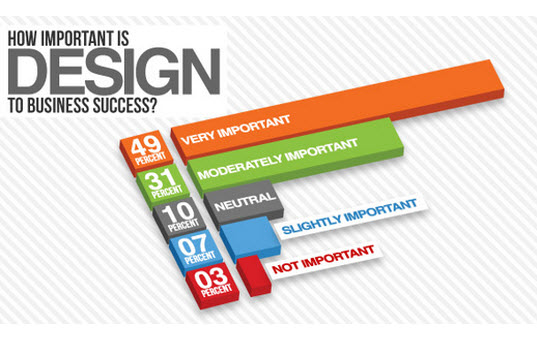Fascinated In Learning How Internet Site Design Has Developed Over The Years? Explore The Trip From Fundamental, Simple Styles To User-Centric User Interfaces That Focus On The Site Visitor'S Experience
Fascinated In Learning How Internet Site Design Has Developed Over The Years? Explore The Trip From Fundamental, Simple Styles To User-Centric User Interfaces That Focus On The Site Visitor'S Experience
Blog Article
Written By-Monroe Vinson
In the past, internet sites were simple and concentrated on details. Navigation was direct, and layout was for desktop computers. Now, user experience is crucial. Data guides designs for easy navigation. Responsive designs match different devices. Today, dark mode minimizes stress, and minimalist menus boost navigating. Interactive attributes engage users, and vibrant visuals stick out. AI assimilation enhances engagement. See how style has evolved to improve your online journey.
Early Days of Website Design
In the early days of website design, simpleness reigned supreme. Sites were basic, with limited shades, fonts, and layouts. The focus was on providing info instead of showy visuals. Users accessed the internet through slow-moving dial-up links, so speed and capability were crucial.
Navigation food selections were straightforward, typically situated at the top or side of the web page. Web sites were designed for desktop, as mobile surfing wasn't yet common. Content was king, and designers focused on easy readability over complicated layout aspects.
go source was the key coding language utilized, and designers needed to work within its restrictions. Computer animations and interactive attributes were minimal compared to today's criteria. Sites were static, with little dynamic web content or tailored user experiences.
Rise of User-Focused Layout
With the development of site style, a change in the direction of user-focused layout concepts has actually come to be increasingly popular. Today, creating web sites that prioritize user experience is important for engaging visitors and accomplishing company objectives. User-focused style involves comprehending the requirements, choices, and actions of your target audience to tailor the internet site's layout, content, and includes accordingly.
Developers now conduct thorough research, such as user studies and usability screening, to gather understandings and feedback straight from customers. This data-driven strategy aids in developing instinctive navigating, clear calls-to-action, and aesthetically enticing interfaces that reverberate with visitors. By positioning the customer at the center of the style procedure, internet sites can provide a more individualized and satisfying experience.
Receptive design has actually also become a key facet of user-focused style, guaranteeing that websites are optimized for different tools and screen sizes. This adaptability boosts access and functionality, accommodating the diverse means customers engage with web sites today. Basically, the rise of user-focused style indicates a change towards developing digital experiences that focus on the needs and expectations of completion customer.
Modern Trends in Website Design
Explore the current trends forming website design today. One noticeable pattern is dark setting layout, providing a sleek and modern look while lowering eye strain in low-light atmospheres. Another vital pattern is minimalist navigating, simplifying food selections and improving individual experience by focusing on essential elements. Including micro-interactions, such as computer animated buttons or scrolling results, can produce an extra interesting and interactive site. Responsive style remains important, making certain seamless user experiences throughout various gadgets. Furthermore, using bold typography and asymmetrical formats can add visual passion and draw attention to particular web content.
Integrating AI modern technology, like chatbots for customer support or individualized referrals, enhances customer interaction and streamlines procedures. Accessibility has likewise become a considerable pattern, with designers focusing on inclusive style practices to accommodate diverse user requirements. Welcoming sustainability by optimizing web site efficiency for rate and efficiency is one more emerging pattern in web design. Working together with customer comments and information analytics to repeat and improve style continuously is essential for remaining pertinent in the ever-evolving digital landscape. By accepting these modern trends, you can develop an aesthetically attractive, straightforward web site that reverberates with your target market.
Final thought
As you assess the advancement of internet site layout from the early days to currently, you can see just how user-focused layout has come to be the driving force behind modern-day patterns.
Accept the journey of adjustment and adaptation in web design, always maintaining the user experience at the center.
Remain present with the most recent fads and technologies, and never quit advancing your approach to create visually stunning and straightforward internet sites.
https://pamplinmedia.com/pt/12-sports/550794-440618-oregon-footballs-defensive-front-looks-to-be-deep-in-2022-pwoff , adapt, and produce - the future of website design is in your hands.
